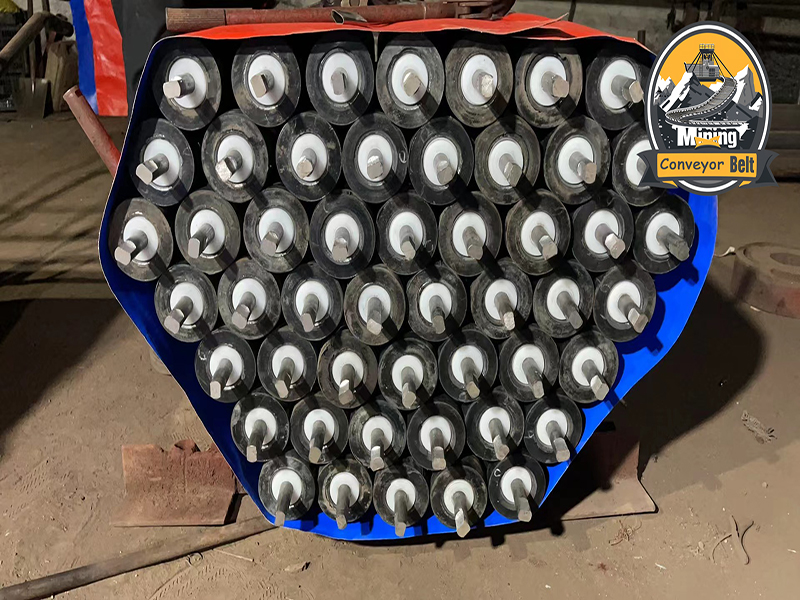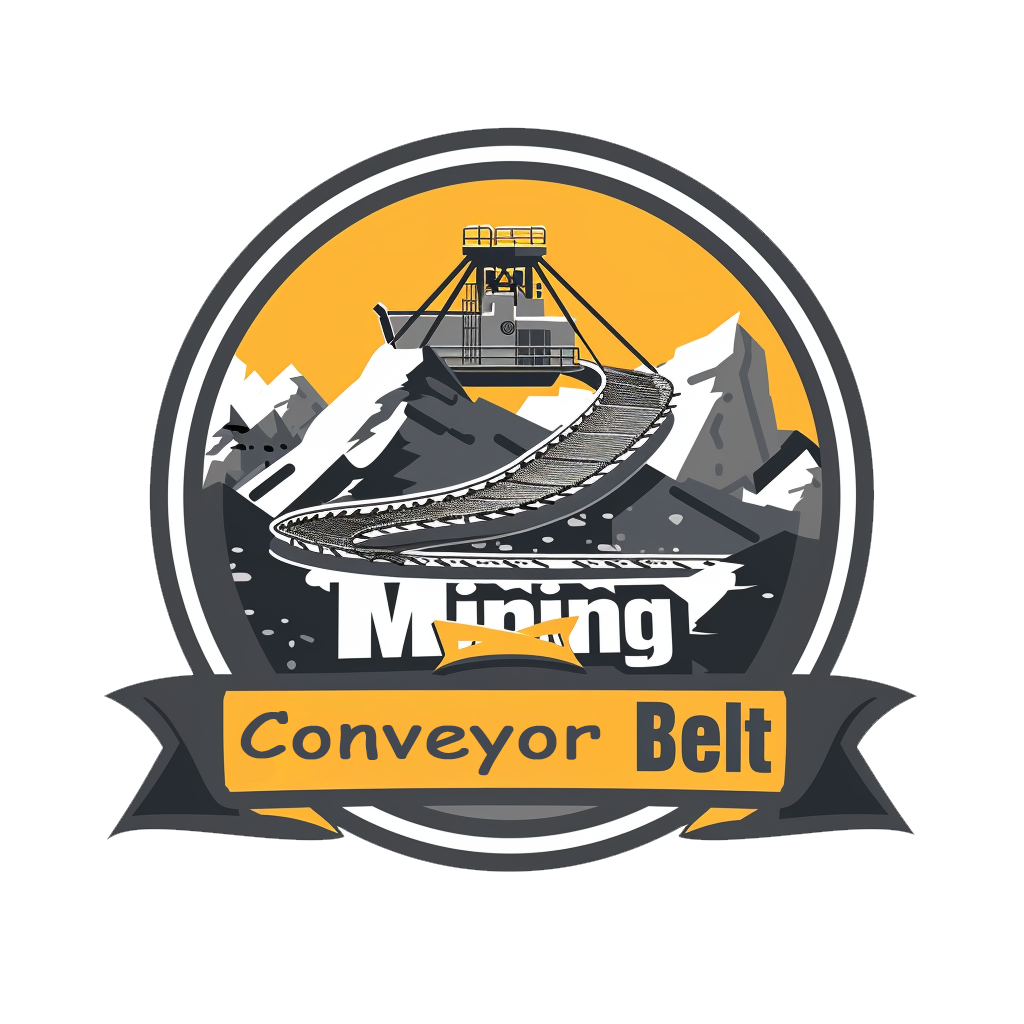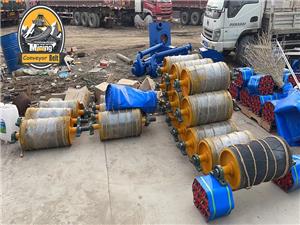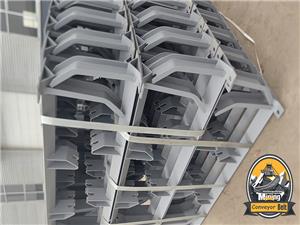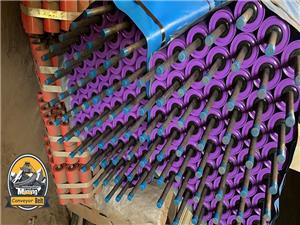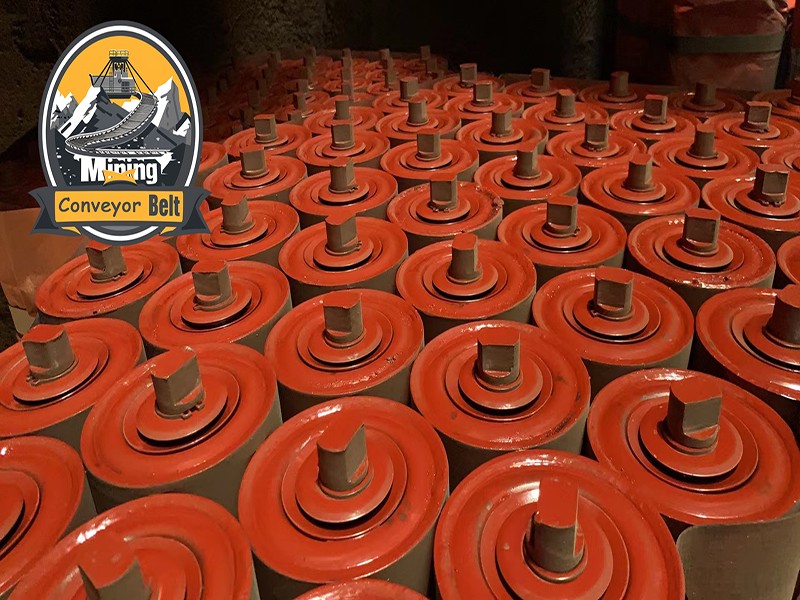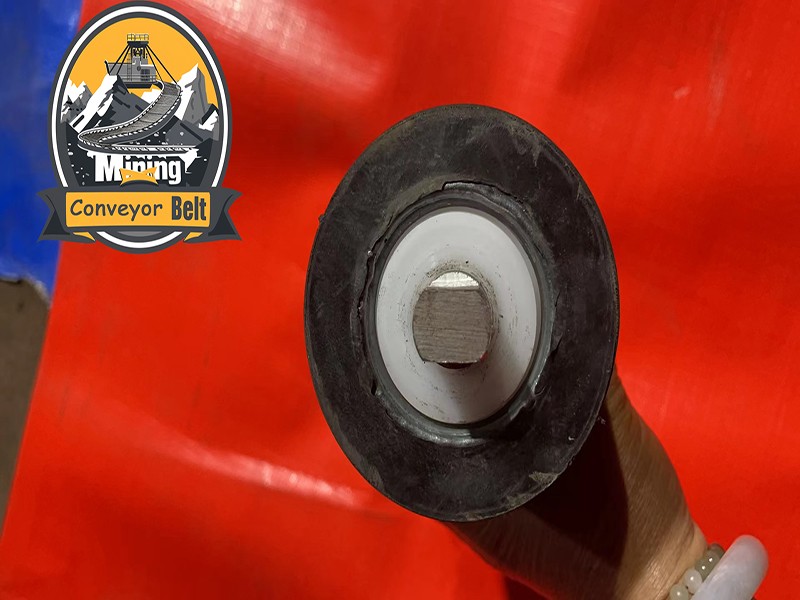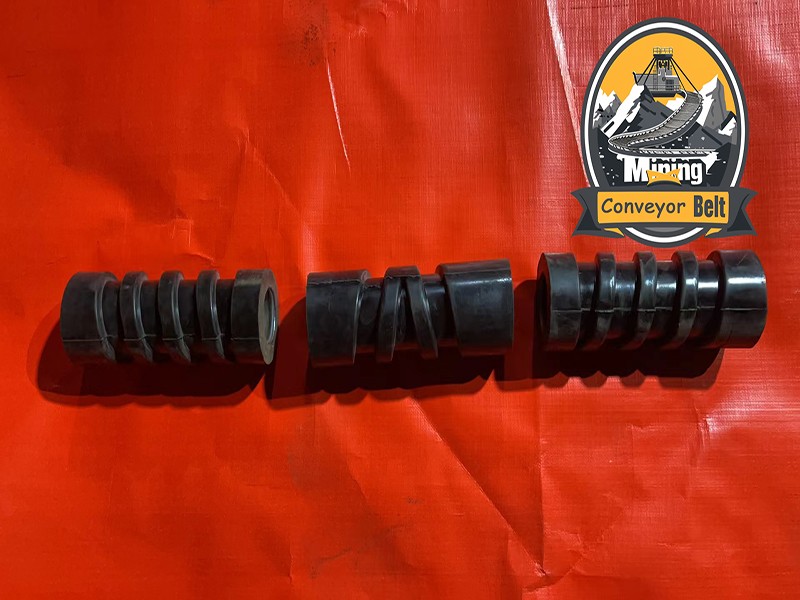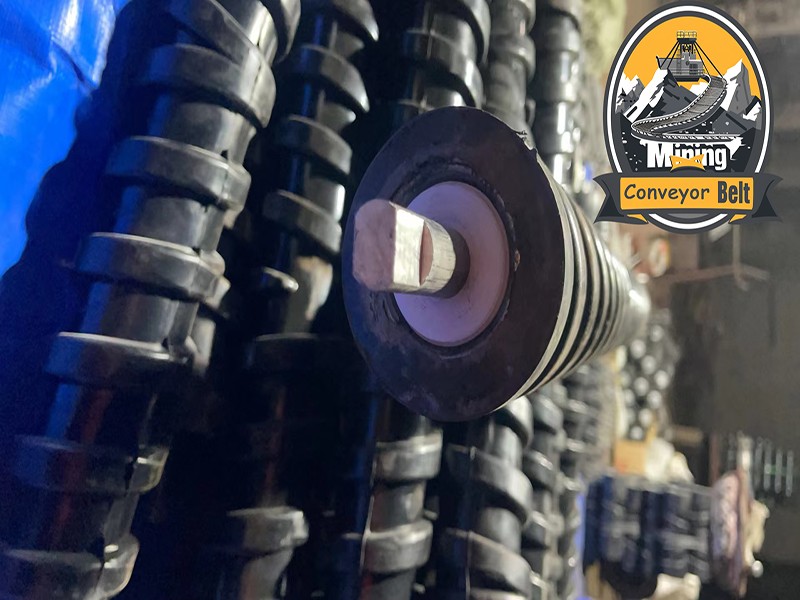
The Reversible Friction Roller rubber conveyor belt rollers activated roller belt conveyor
Brand Xiamen Mining
Product origin Xiamen
Xiamen Mining's Reversible Friction Roller optimizes conveyor systems with enhanced traction, reducing energy and improving efficiency. Its rubber layer increases material grip, offering durability, versatile application, and easy maintenance, ideal for various conveyance needs.
In the efficient operation of belt conveyor systems, maintaining proper belt alignment is paramount. Misalignment can lead to spillage, belt damage, and costly downtime. Reversible Friction Rollers play a crucial role in addressing this challenge, primarily functioning as self-aligning rollers .
These rollers are typically integrated into a self-aligning idler set, featuring a bracket that supports the roller and is attached to the conveyor frame via a rotating pivot point. When the conveyor belt deviates from its intended path, the rollers on the bracket engage the belt edge, causing the bracket to pivot. This pivoting action steers the belt back towards the center line of the conveyor.
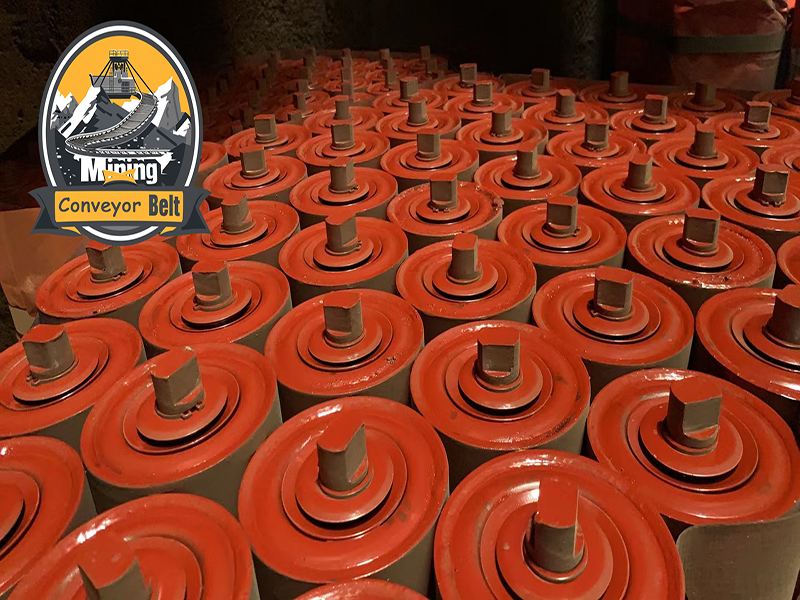
However, it's important to acknowledge the challenges sometimes associated with traditional friction rollers. Let's explore some common questions and how Reversible Friction Rollers address them:
Q: What are some key issues that can affect the performance of friction rollers?
A: Several factors can impact performance. Firstly, poor sealing can be a significant problem. Traditional rollers may have inadequate waterproof performance, which is especially problematic in environments with dust and water – often referred to as the three deadly killers of idlers in the industry. Secondly, poor coaxiality of the roller shaft can arise from dimensional instability during the production of cold-drawn shafts or bending during transport. This leads to insufficient bearing clearance, increasing rotation resistance and shortening the roller's lifespan. Finally, issues with the bearing housing, such as out-of-roundness or uneven end faces, can cause misalignment after welding, again increasing rotation resistance and hindering smooth operation.
Q: I've heard the lifespan of some friction rollers can be limited, especially in harsh conditions. Is this true?
A: Yes, in demanding underground conditions, the service life of traditional friction self-aligning rollers can be relatively short, often around 15,000 hours.
Q: What are the typical features and expected lifespan of a high-quality Reversible Friction Upper Self-Aligning Roller?
A: High-quality Reversible Friction Upper Self-Aligning Rollers are designed for extended performance. They typically boast a normal service life of over 50,000 hours and generally require minimal maintenance under normal operating conditions. However, regular inspections, cleaning, lubrication, and timely replacement of any faulty rollers are recommended based on the operating environment and load.
Q: What are the key maintenance procedures for these rollers?
A: While generally low-maintenance, some key procedures include: timely cleaning and lubrication, and prompt replacement of rollers exhibiting abnormal noise or seizing. When replacing bearings, ensure the bearing cage opening faces outwards and that appropriate clearance is maintained – avoid over-tightening. For maze seals, always use original factory parts and install them separately within the roller.
Q: Are there any specific precautions I should take during operation?
A: Yes, it's crucial to prevent heavy objects from striking the roller tube. Furthermore, to maintain the roller's sealing and performance, avoid disassembling the roller unnecessarily.
Q: What are the operating temperature limits for these rollers?
A: These rollers are typically designed to operate effectively within an ambient temperature range of -10℃ to 40℃.
Q: What materials are used in the construction of these high-quality Reversible Friction Rollers?
A: Quality Reversible Friction Rollers utilize robust materials. The tube is typically made of 20# steel seamless pipe, conforming to MT/T1019-2006 standards. The bearing housing is often constructed from cast steel with physical properties exceeding HT150. Bearings comply with the specifications outlined in MT/T655-1997. The roller shaft is made from 45# steel, with mechanical properties surpassing Q235-A steel. Finally, a labyrinth seal is employed for effective protection against coal dust and water ingress into the bearings.
In conclusion, Reversible Friction Rollers are essential components for maintaining proper belt alignment and ensuring the efficient operation of conveyor systems. By understanding their function, addressing potential issues associated with traditional designs, and adhering to proper maintenance practices, you can maximize the lifespan and performance of your conveyor system.
